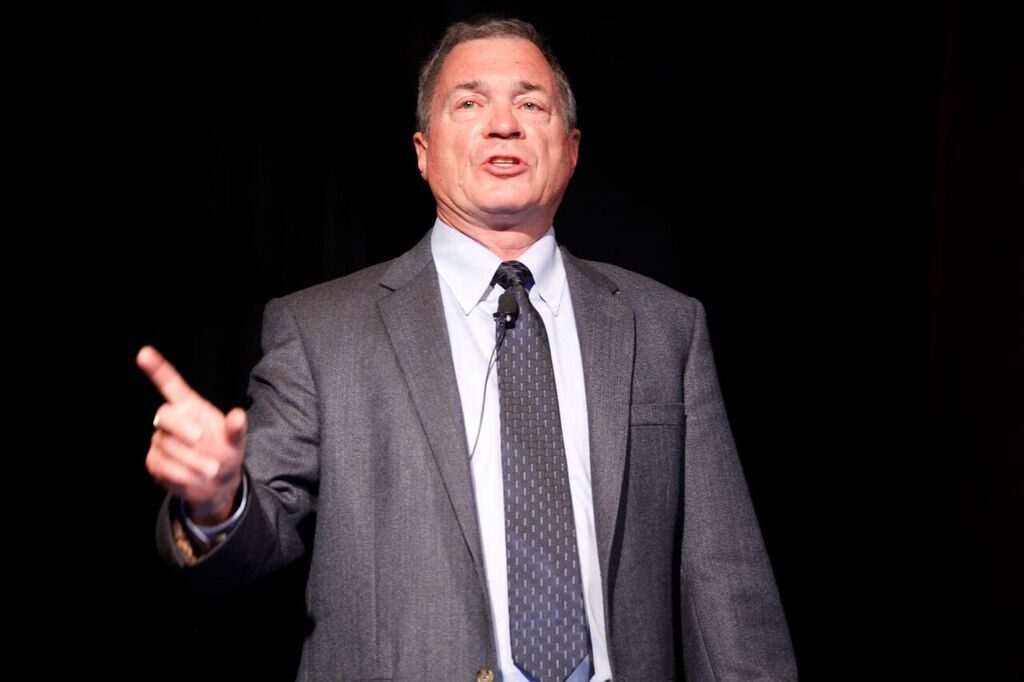If you’re a commercial roofing contractor, you may be looking for ways to give yourself a competitive advantage in the marketplace. Perhaps you’re tired of competing for low-margin or new construction work. Work where you’re subject to the whims of a general contractor (GC) who demonstrates that:
- He really doesn’t care if you make a profit or not;
- He really doesn’t know how to organize a construction project to allow you to perform the way you want;
- Or both.
Perhaps you decide you want to do more reroofing and less new construction, but as you look at the ratios over the last few years you cringe — because the ratios haven’t gone the right way. For some roofing companies, those ratios moved the wrong way. What’s a guy to do?
A few decades ago, something happened that changed the face of our economy — and our world. And we won’t be going back. For you to understand how to make the adjustments in your businesses that you want to make, you need to understand this shift and what it means for you and for your customers.
In the mid 1990’s, our economy shifted from a majority of the output being based on hard goods such as housing, automobiles, toasters (and roofs) to one based on “information.” This new economy has been given a number of different names: “Knowledge-Based Economy,” “Information Age,” and “Service Economy.” The reason this shift occurred is because there’s more value to be created in information. It’s reflected in the performance of the companies that operate and provide services in this service/knowledge/information-based economy. For instance, in 2015 one company generated $262,000 in net profit per employee. What do they “sell?” Information.
Do the math. Take the number of employees you have and multiple it by $262,000. How would you like that to be your net profit last year?
You can do this too!
So, if you want to spend less time working for those wonderful GCs and more time focusing on higher-margin work, you need to start centering your business on what’s valued in the economy today — service, knowledge and information. You do that within the context of your existing business structure through your service department.
Let’s get something clear. In the eyes of your customer, there’s a difference between your maintenance or repair department and a service department. The former fixes roof leaks. The latter gives service. They are not the same thing. You may or may not understand the difference, but your customer does. True service departments are successful at selling large quantities of preventative maintenance to their customers.
IRE Session FR06
Title: How to Sell Preventative Maintenance (And Why You Need To)
Speaker: Greg Hayne, owner of Roof Management, of Fairfield, Iowa
Date: Friday, March 3, 7:45 a.m.-9:15 a.m.
Room: Islander G
If you’re among the many roofing contractors that have tried but not had success in selling preventative maintenance, get excited! When you’ve mastered service, you’ll distinguish yourself in the marketplace and make higher-margin work the norm. In a recent conversation with a roofer who’s good at selling preventative maintenance, we learned that his gross margins on preventative maintenance sales is 80 percent. He’s working to improve that, because he knows it can be better. We didn’t ask what his closing ratios are, but expectations set them well over 50 percent — possibly closer to 67 percent.
How is this roofer having success when so many roofing contractors fall flat? Two possible reasons:
- First, this roofer is actually “selling” service as opposed to just sending in a bid. If you treat the process of acquiring preventative maintenance work the same way you secure work with a GC — sending in a quote — you’re still operating in the old economy, offering non-service/knowledge/information. It’s simply a price. You’ll also have the same sort of unsatisfying results for your efforts.
- Secondly, this roofer understands how and what to quote. If you have a small ding on the fender of the right rear quarter panel of your car and you drop by the body shop to get a quote to have it fixed, do they give you a price to fix your fender? Do they bid to repaint the whole car, install a new sound system, new brakes, new tires and new carpeting throughout, with an “option” for new floor mats to protect that new carpet? Or, do they give you a price to fix the fender? Similarly, when we, as consultants, send a roofer out to prepare a quote for preventative maintenance on a property without any direction, what we often get back is the “full rework” when all we needed was a simple repair. Most roofers wildly over specify their services.
A building owner usually knows he needs a leak fixed, but he may have no idea what he may really need to fix the roof. That’s where you help sort out the costs by providing the service/knowledge/information he needs. As consultants, we’re usually clear about what’s needed. We’re also clear about the significance of quotes that contain the “full rework” when all we needed was a fender repair. In those cases, we generally find somebody else to do the work.
This year’s presentation at IRE will go through the mechanics of selling preventative maintenance in a service-oriented economy using specific, real-world examples. We’re also going to provide additional perspective on what it takes to sell preventative maintenance. Join us and start earning like you are capable of.





Report Abusive Comment